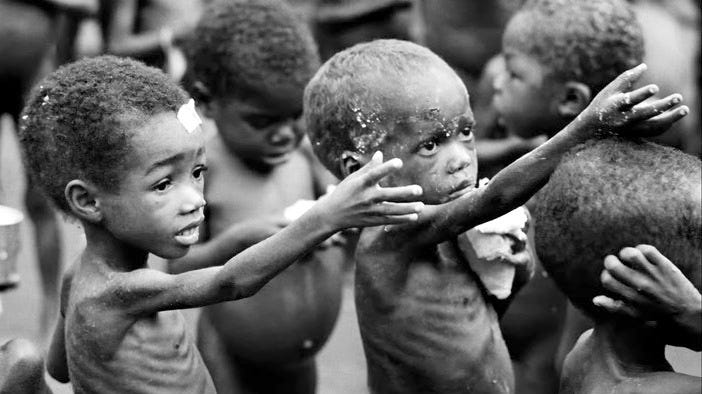● Issues relating to development and management of Social Sector/Services relating to Health, Education, Human Resources.
Q1.Highlight the socio-demographic factors that influence children’s susceptibility to undernutrition in India?
Malnutrition stands as a major factor in India’s disease burden, with the United Nations Sustainable Development Goals (SDGs) setting an ambitious aim to eliminate it by 2030. This goal prompted the World Health Organisation (WHO) to designate 2016–2025 as the decade focused on nutrition. Despite efforts through national nutrition programmes to diminish undernutrition indicators, progress in India has been slow-paced.
Malnutrition indeed poses a significant challenge to public health in India, contributing substantially to the disease burden for several reasons:
● Impacts on Child Health: Malnutrition during early childhood can lead to stunted growth, underweight, and wasting, which not only affect physical development but also increase susceptibility to infections and illnesses. Children who are malnourished are more likely to suffer from diseases such as respiratory infections, diarrheal diseases, and other infectious illnesses.
● Long-term Health Consequences: Malnutrition in childhood can have long-lasting effects on health and well-being. It can impair cognitive development, leading to learning difficulties and reduced educational attainment. Additionally, malnourished individuals are at higher risk of developing chronic diseases later in life, such as diabetes, cardiovascular diseases, and certain cancers.
● Interplay with Infectious Diseases: Malnutrition weakens the immune system, making individuals more vulnerable to infectious diseases. Conversely, infections can exacerbate malnutrition by reducing appetite, impairing nutrient absorption, and increasing nutrient requirements. This creates a vicious cycle wherein malnutrition and infectious diseases reinforce each other, further compromising health outcomes.
Malnutrition among Children:
- Maternal Education: Children whose mothers had no education or only primary education were at double the risk of undernutrition, while those with mothers having secondary education faced a 1.5 times higher risk.
- Child’s Gender: Male children exhibited a higher likelihood of experiencing stunting, being underweight, and wasting compared to their female counterparts, although this trend did not consistently emerge across all surveys.
- Urban Residence: Children in urban areas faced an increased risk of stunting, underweight, and wasting over the years, although the statistical significance remained relatively stable
Malnutrition represents a multifaceted public health challenge in India, with far-reaching consequences for individual health, societal well-being, and economic development. Effective strategies to combat malnutrition require a comprehensive approach that addresses underlying socio-economic determinants, promotes access to nutritious food, improves healthcare services, and empowers communities to adopt healthy lifestyles.
Source The Hindu
https://epaper.thehindu.com/ccidist-ws/th/th_chennai/issues/78867/OPS/GO7CLL5S8.1+G05CLL7OO.1.html

